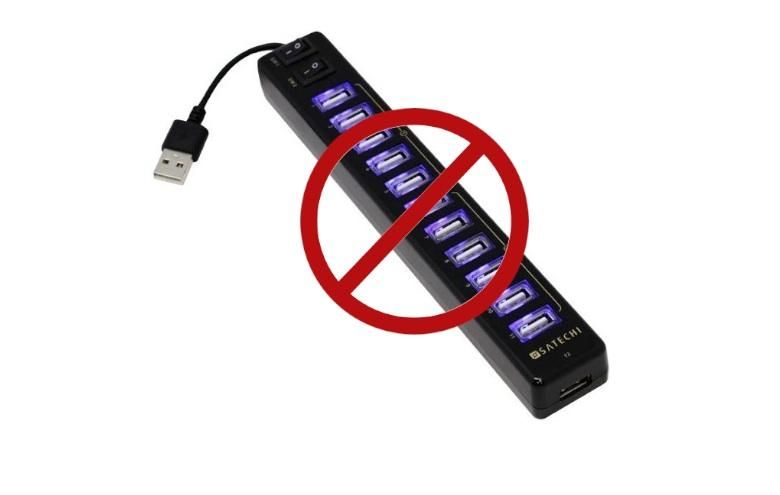We were doing some speculating on last week’s episode of the Pocketnow Live, and, as tends to happen, we got to talking about the future. Not the distant future, where embedded transceivers and wearable gadgets have replaced the smartphone, but some time before that. An era close to our own, with smartphones in nearly every pocket and more connectivity than ever, but with an important catch: this hypothetical world features connectivity without cables. Signal without strings.
Phones without ports.
The idea is amazing. So amazing I can’t claim credit for it. Sure, other publications have talked about it, and our own team has batted around the idea on both the Live and the Pocketnow Weekly podcast before, but this latest revival of the attractive concept came to us courtesy of a pair of steadfast readers and commenters whose frequent contributions have earned them semi-regular guest status on our hangouts.
These dudes.
So here’s the pitch: What if an OEM released a completely wireless phone, not just one without cables in the box – but one without ports to plug those cables into? That doesn’t just mean saying no to HDMI-out or external antenna ports; it also includes all flavors of USB, all types of headphone jack, and every kind of memory card slot. The device would thus necessarily sport wireless charging, elaborate Bluetooth profiles for audio streaming, and deep integration with a cloud-based storage provider like Google Drive.
Evidently I hadn’t thought of this notion in a while, because the idea was so attractive to my tired brain last Friday that I got angrily excited, gestured a lot, and made this face:
This is also my preferred stance when fending off bird attacks.
But seriously: what a concept. The device would be inherently futuristic in its reliance on cable-free methods of transferring electricity and information. It would be inherently dust- and water-resistant based on its lack of penetration points for opportunistic fluids. Aesthetically, it would be supremely gorgeous, with no holes to mar the smooth curve of a polycarbonate edge, no cumbersome flaps or doors to flick aside, no clumsy rubber gaskets to dry out or come unseated over time.
Analysts predict the space formerly claimed by ports would be repurposed for extraneous buttons.
There would of course be significant down-sides to such a design, as others like our own Taylor Martin were quick to point out last week. Putting aside the more exotic obstacles, like greater restrictions on wireless transmissions on aircraft and in explosive or other hazardous environments, there’s also the very real inconvenience of accidentally leaving one’s wireless charger at home when he or she goes out of town. A port-less device wouldn’t be able to suckle power from a friend’s USB cable, after all; the owner would have to find a retailer that stocked the phone’s (doubtless expensive) wireless charger in order to get any juice flowing. And that juice would be a precious thing on a device that relied on wireless connections to stream audio content, a more power-intensive chore than doing the same thing over a wired headset. Finally, the charging process itself would likely be more laborious, with charging times over some wireless connections still considerably longer than those on hard-wired counterparts.
Regarding the lack of expandable storage: I don’t even think we need to elaborate on how many head explosions there would be if another manufacturer jumped aboard that bandwagon. Suffice to say: feelings would be hurt.
Still, there’s got to be a large enough niche for a port-less phone to exist. In the desktop space, we’ve seen companies like Apple gradually erode society’s dependence on physical media drives through similarly revolutionary design choices. There was some similar innovation in mobile a few years back when HP/Palm, desperate to save space inside the tiny Veer, abandoned separate USB and headphone ports in favor of a single magnetic connector. User support for that move was anything but unanimous, but it was bold, and it worked well.
Such boldness still exists in the mobile space. It’s the reason we have a fancy aluminum chassis on a mainstream Android phone in the HTC One, it’s the reason novelty devices like the Yotaphone are coming to market, and it’s the reason new platforms like Jolla pack enough innovation to avoid being instantly dismissed as DOA. That boldness is the reason it’s still exciting to report on the smartphone sector, and it’s the reason I believe we’ll see a truly port-less phone on the market some time before the close of next year.
If we don’t, I’m going back to the Veer. Even if I have to run Android on it.





